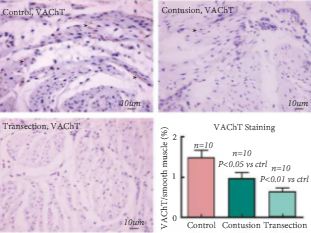
Article of the Week: Comparison of cSCI vs tSCI
1 Comment
/
Every Week the Editor-in-Chief selects an Article of the Week from the current issue of BJUI. The abstract is reproduced below and you can click on the button to read the full article, which is freely available to all readers for at least 30 days from the time of this post.
In addition to the article itself, there is an accompanying editorial written by a prominent member of the urological community. This blog is intended to provoke comment and discussion and we invite you to use the comment…

Editorial: Correlating SCI with NGB
Breyer et al. [1] conclude from cystometry and antibody staining for vesicular acetylcholine transporter (VAChT) and calcitonin gene-related peptide (CGRP) in rats that both contusion spinal cord injury (cSCI) and transection spinal cord injury (tSCI), when compared with controls, increase bladder capacities and the number of non-voiding bladder contractions (with more non-voiding contractions in the cSCI than the tSCI group) and that the mean threshold (voiding) pressure was higher in the tSCI…
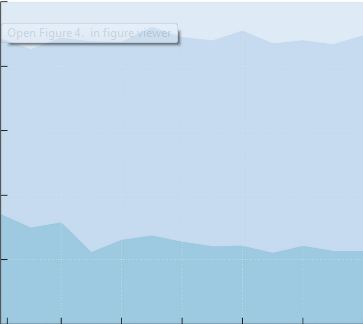
Article of the Week: Accuracy of prostate biopsies for predicting Gleason score in radical prostatectomy specimens: nationwide trends 2000–2012
Every Week the Editor-in-Chief selects an Article of the Week from the current issue of BJUI. The abstract is reproduced below and you can click on the button to read the full article, which is freely available to all readers for at least 30 days from the time of this post.
In addition to the article itself, there is an accompanying editorial written by a prominent member of the urological community. This blog is intended to provoke comment and discussion and we invite you to use the comment…

Editorial: The prognostic value of prostate biopsy grade – Forever a product of sampling
The ability to project clinical outcomes based on limited data is crucial to the practice of medicine. This principle is particularly germane to the management of prostate cancer, where clinical outcomes vary widely. In the current issue of BJUI, Danneman et al. [1] assess pathological grade concordance between diagnostic needle biopsy and subsequent radical prostatectomy specimens from 2000 to 2012. The authors observed increased concordance of biopsy and prostatectomy Gleason scores over the…
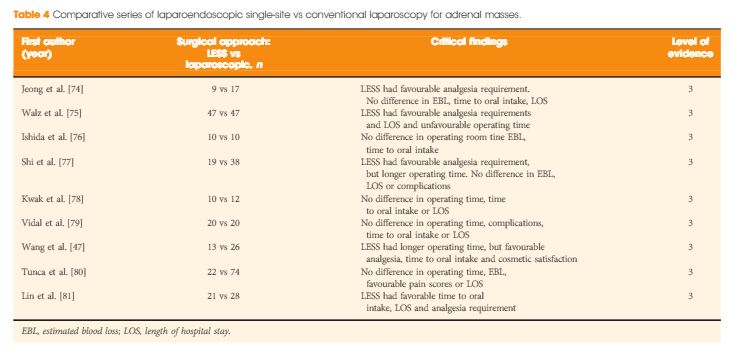
Article of the Week: International Consultation on Urological Diseases and EAU International Consultation on Minimally Invasive Surgery in Urology: laparoscopic and robotic adrenalectomy
Every Week the Editor-in-Chief selects an Article of the Week from the current issue of BJUI. The abstract is reproduced below and you can click on the button to read the full article, which is freely available to all readers for at least 30 days from the time of this post.
In addition to the article itself, there is an accompanying editorial written by a prominent member of the urological community. This blog is intended to provoke comment and discussion and we invite you to use the comment…

Editorial: Laparoscopic adrenalectomy – the ‘gold standard’ when performed appropriately
Since its development 25 years ago, laparoscopic adrenalectomy (LA) has played a major role in the management of adrenal diseases. The guideline by the International Consultation on Urological Diseases-European Association of Urology (ICUD-EAU) International Consultation on Minimally Invasive Surgery in Urology, published in this month's issue of BJUI [1], will further expand the appropriate use of LA to a majority of patients.
After the development of laparoscopic nephrectomy in 1990,…
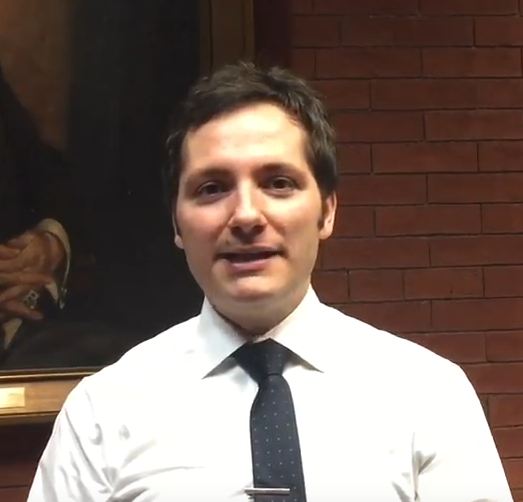
Video: International Consultation on Urological Diseases and European Association of Urology International Consultation on Minimally Invasive Surgery in Urology: laparoscopic and robotic adrenalectomy
International Consultation on Urological Diseases and European Association of Urology International Consultation on Minimally Invasive Surgery in Urology: laparoscopic and robotic adrenalectomy
Mark W. Ball*, Ashok K. Hemal† and Mohamad E. Allaf*
*James Buchanan Brady Urological Institute and Department of Urology, Johns Hopkins University School of Medicine, Baltimore, MD, and †Department of Urology, Wake Forest School of Medicine, Winston-Salem, NC, USA
Abstract
The…

Article of the Week: Quality Improvement in Cystectomy Care with Enhanced Recovery (QUICCER) study
Every Week the Editor-in-Chief selects an Article of the Week from the current issue of BJUI. The abstract is reproduced below and you can click on the button to read the full article, which is freely available to all readers for at least 30 days from the time of this post.
In addition to the article itself, there is an accompanying editorial written by a prominent member of the urological community. This blog is intended to provoke comment and discussion and we invite you to use the comment…

Editorial: Quality improvement in cystectomy care with enhanced recovery (QUICCER) study
Enhanced recovery after surgery (ERAS) is a multidisciplinary, multi-element care pathway approach that aims to standardise and improve perioperative management. Since the first publication on ERAS for radical cystectomy in the BJUI in 2008, the literature on this important factor in postoperative management of patients undergoing major surgery in the field of urology is rather scarce and mainly in form of reviews [1]. This clearly reflects the very slow adoption of this approach, the reasons…
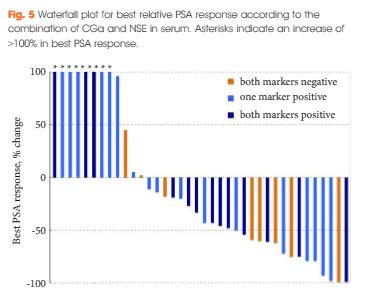
Article of the Month: CGa and NSE serum levels as predictors of treatment outcome in patients with mCRPC undergoing abiraterone therapy
Every Month the Editor-in-Chief selects an Article of the Month from the current issue of BJUI. The abstract is reproduced below and you can click on the button to read the full article, which is freely available to all readers for at least 30 days from the time of this post.
In addition to the article itself, there is an accompanying editorial written by a prominent member of the urological community. This blog is intended to provoke comment and discussion and we invite you to use the comment…
